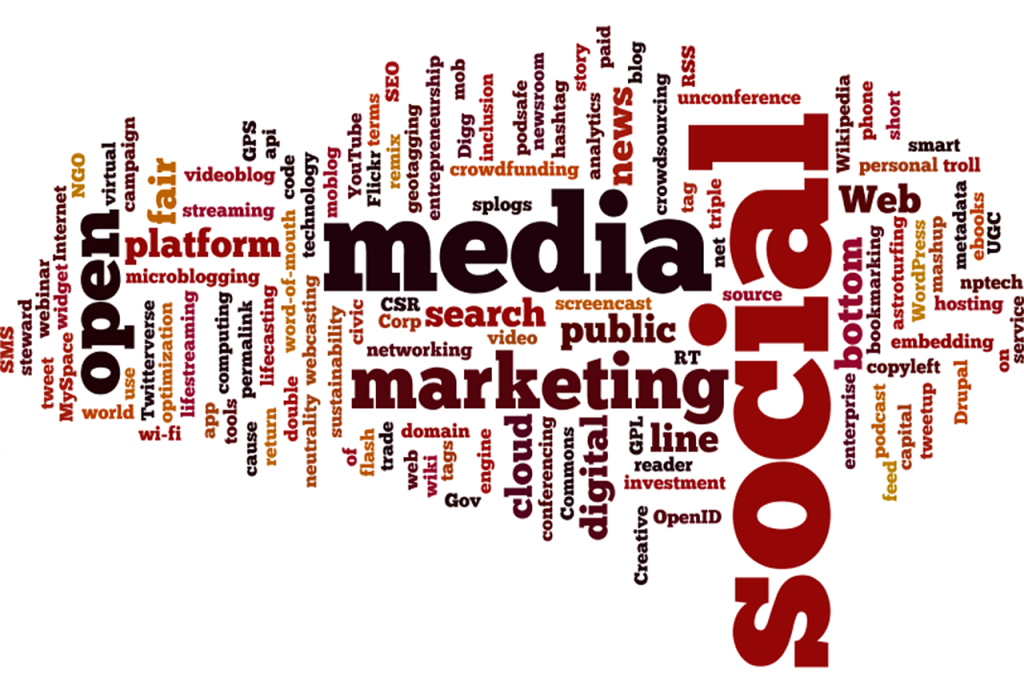The Power of Multi-Channel Social Media Marketing
Introduction :
In today’s digitally driven world, social media has become an essential tool for businesses seeking to connect with their target audience, increase brand awareness, and drive sales. However, with so many platforms available, each with its own distinct features and user base, navigating the world of social media marketing can be difficult. This is where multi-channel social media marketing comes into play.
Understanding Multichannel Social Media Marketing
Multi-channel social media marketing entails using several social media platforms to reach and engage with a diverse audience. Rather than concentrating all efforts on a single platform, businesses spread their presence across multiple channels, allowing them to connect with customers wherever they spend their time online.
The Advantages of Multi-Channel Social Media Marketing:
1. Increased Reach:
Diversifying your presence across multiple platforms improves your chances of reaching a larger audience. Each platform has its own set of demographics and user behaviors, so being active on multiple platforms allows you to engage with different segments of your target audience.
2. Improved brand visibility:
Maintaining a presence on multiple social media channels ensures that your brand is visible in various online spaces. This visibility reinforces your brand identity and keeps you top of mind with potential customers.
3. Increased engagement opportunities :
Likes, comments, shares, and direct messaging are some of the unique engagement features available on each social media platform. Being active on multiple channels gives your audience more ways to interact with your brand, fostering stronger relationships and loyalty.
4. Improved SEO performance :
Social media activity can have an indirect impact on search engine optimization (SEO) efforts. When you share content on multiple platforms and drive traffic to your website, you are signaling to search engines that your site is valuable and relevant, which may improve your search rankings.
5. Adaptability and resilience :
Relying solely on a single social media platform exposes your marketing strategy to changes in algorithms, user behavior, or platform policies. Diversifying your presence reduces the risk of being heavily impacted by changes to a single platform.
Implementing a Multi-Channel Social Media Marketing Strategy.
1. Know Your Audience
Understanding your target audience is critical in determining which social media platforms are most appropriate for your business. Conduct market research to determine where your target audience spends their time online, and tailor your strategy accordingly.
2. Select the Right Platforms
Not every social media platform will be appropriate for your business. Concentrate on the platforms where your target audience is most active and where your content is likely to resonate. Popular platforms include Facebook, Instagram, Twitter, LinkedIn, YouTube, Pinterest, and TikTok.
3. Maintain consistency.
While each platform has its own set of features and best practices, it’s critical to be consistent in your branding, messaging, and posting frequency across all channels. This consistency helps reinforce your brand identity and ensures a cohesive experience for your audience.
4. Repurpose content.
Create a content strategy that allows you to repurpose content for multiple channels. A blog post, for example, can be repurposed as social media posts, infographics, videos, or podcasts to increase its reach and influence.
5. Monitor and analyze performance.
Use each platform’s analytics tools to regularly monitor the performance of your multi-channel social media marketing efforts. Pay attention to key metrics like engagement, reach, click-through rates, and conversions to see what’s working and where you can improve.
Conclusion :
In a digital landscape where attention is fragmented across multiple platforms, multi-channel social media marketing provides businesses with a strategic approach to expanding their reach, improving brand visibility, and increasing engagement. By diversifying your presence and adapting to the unique characteristics of each platform, you can effectively connect with your audience wherever they are, ultimately leading to increased brand awareness, loyalty, and growth.





